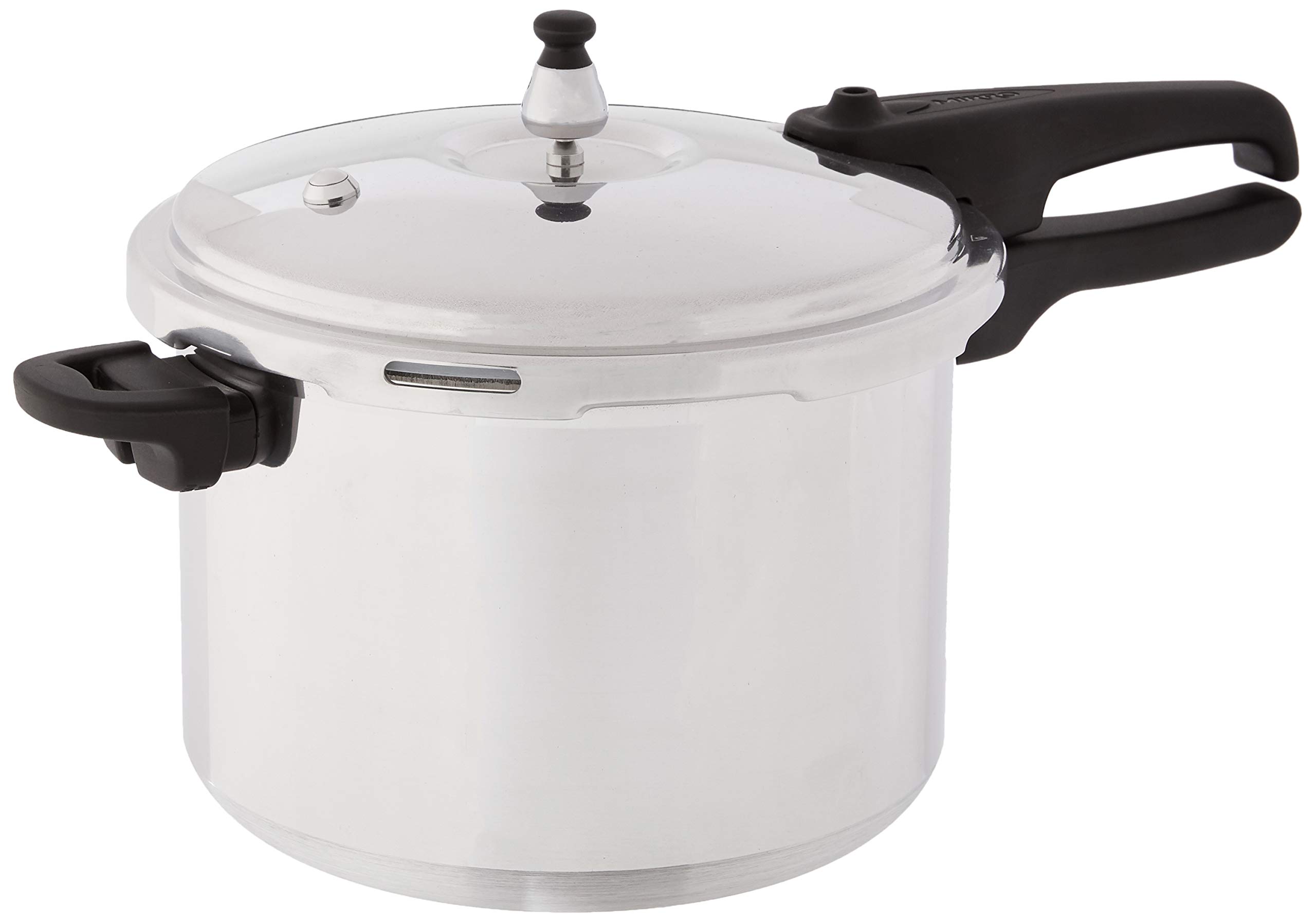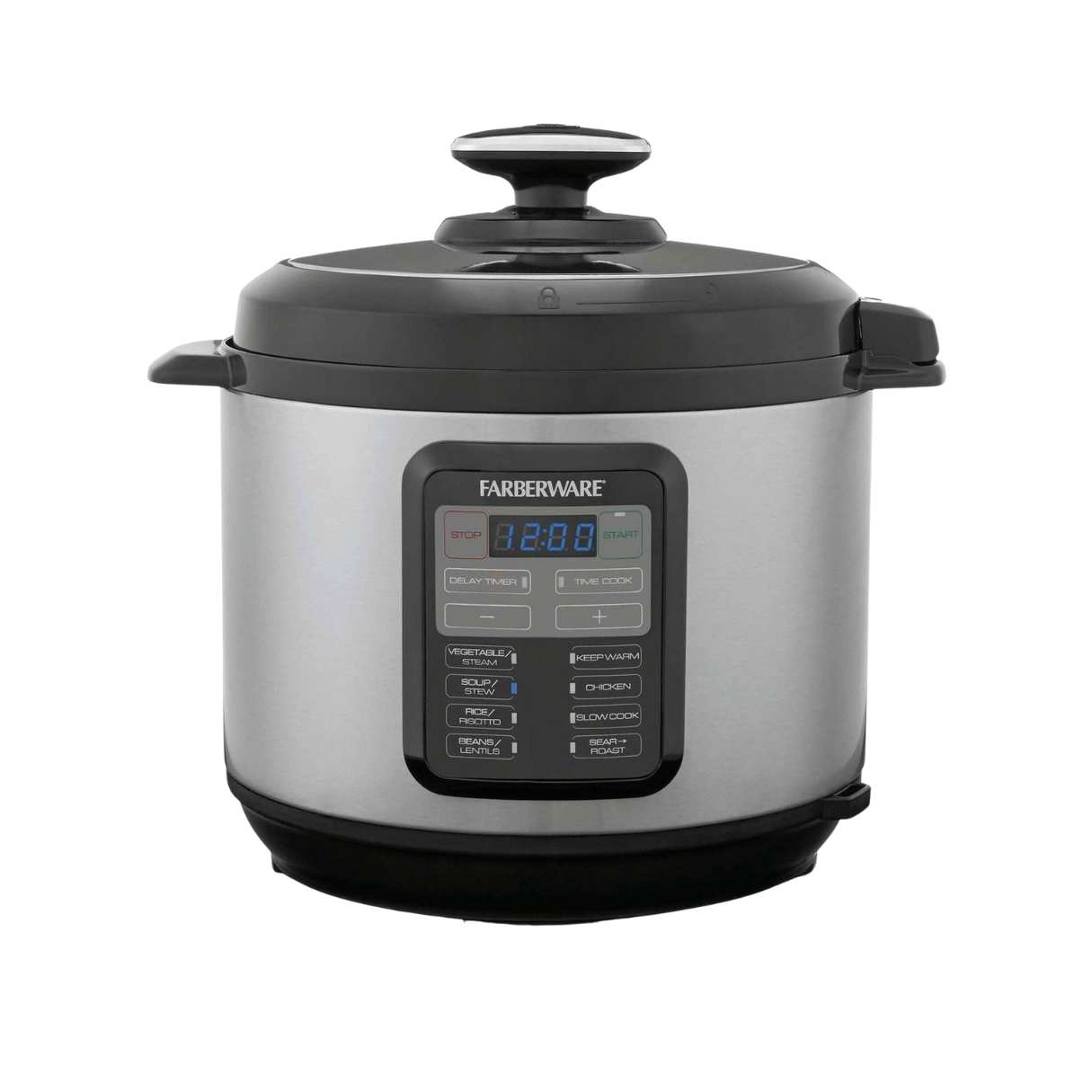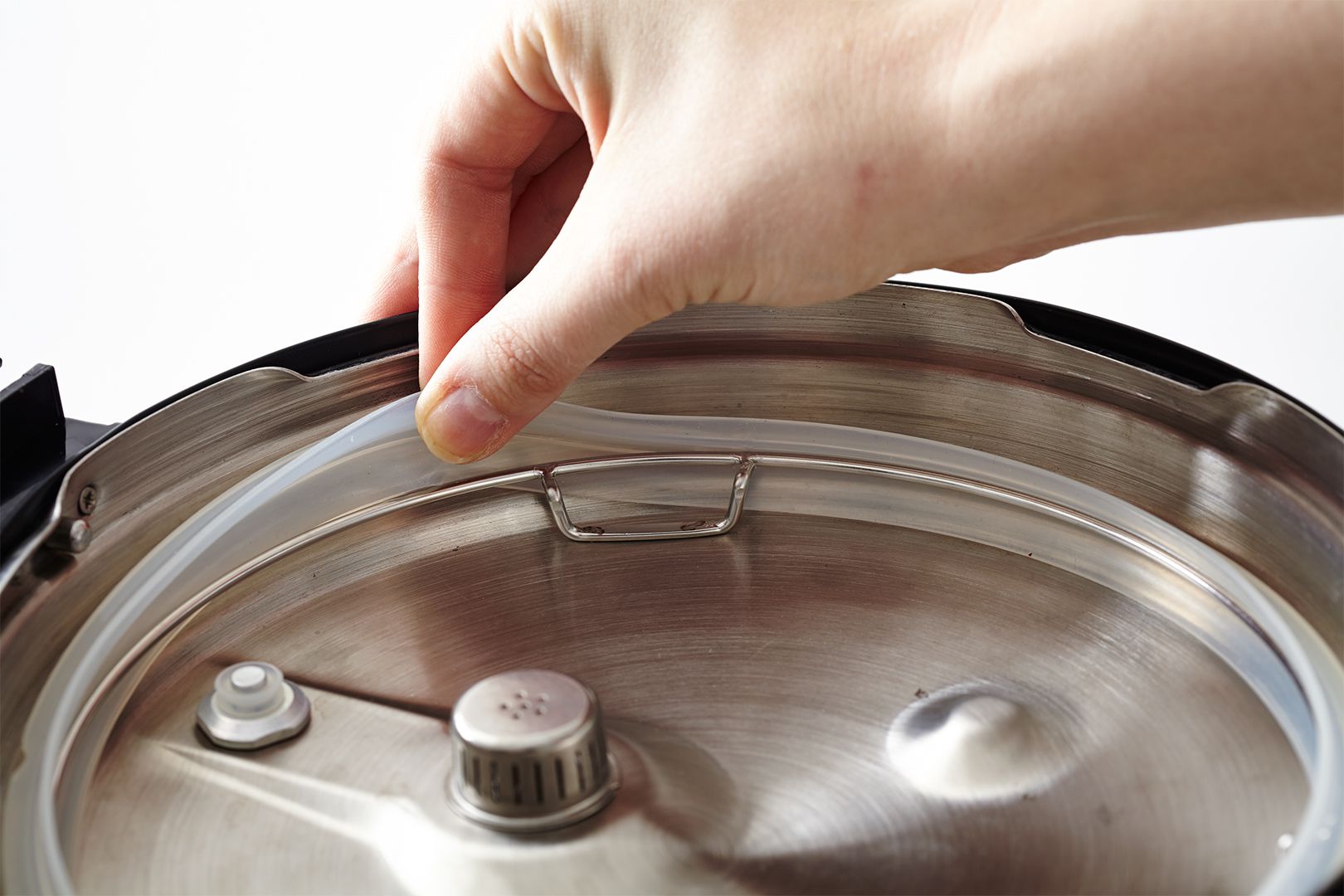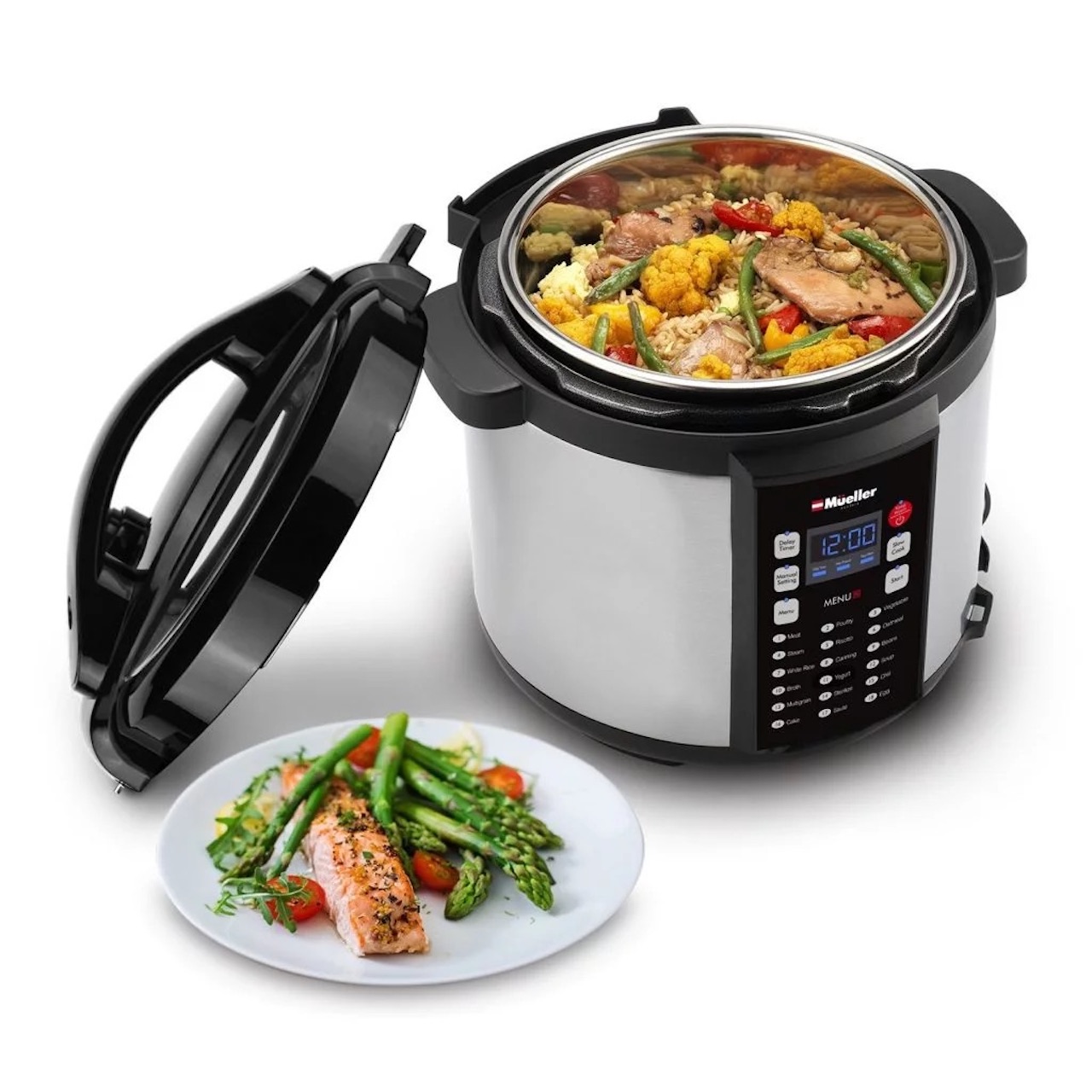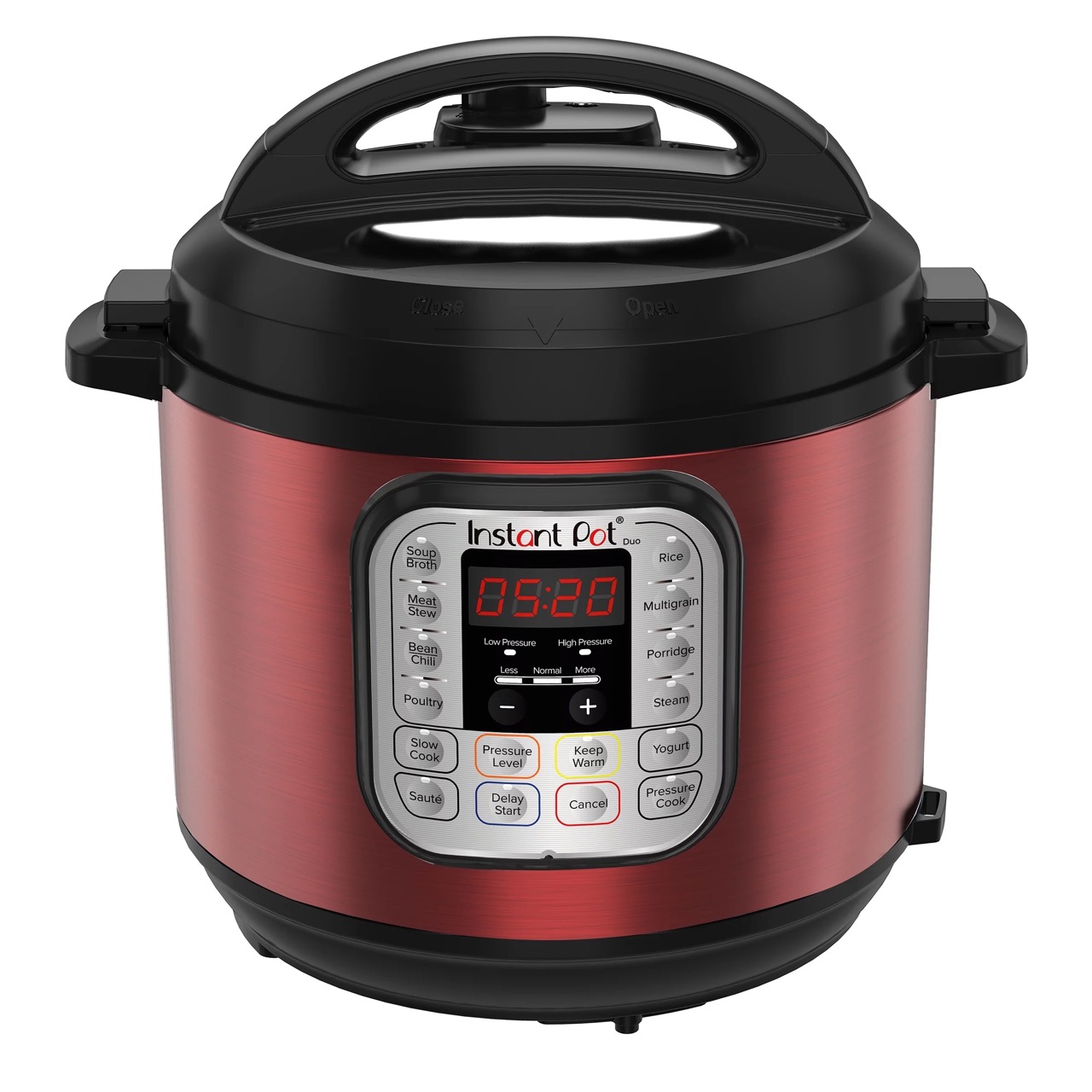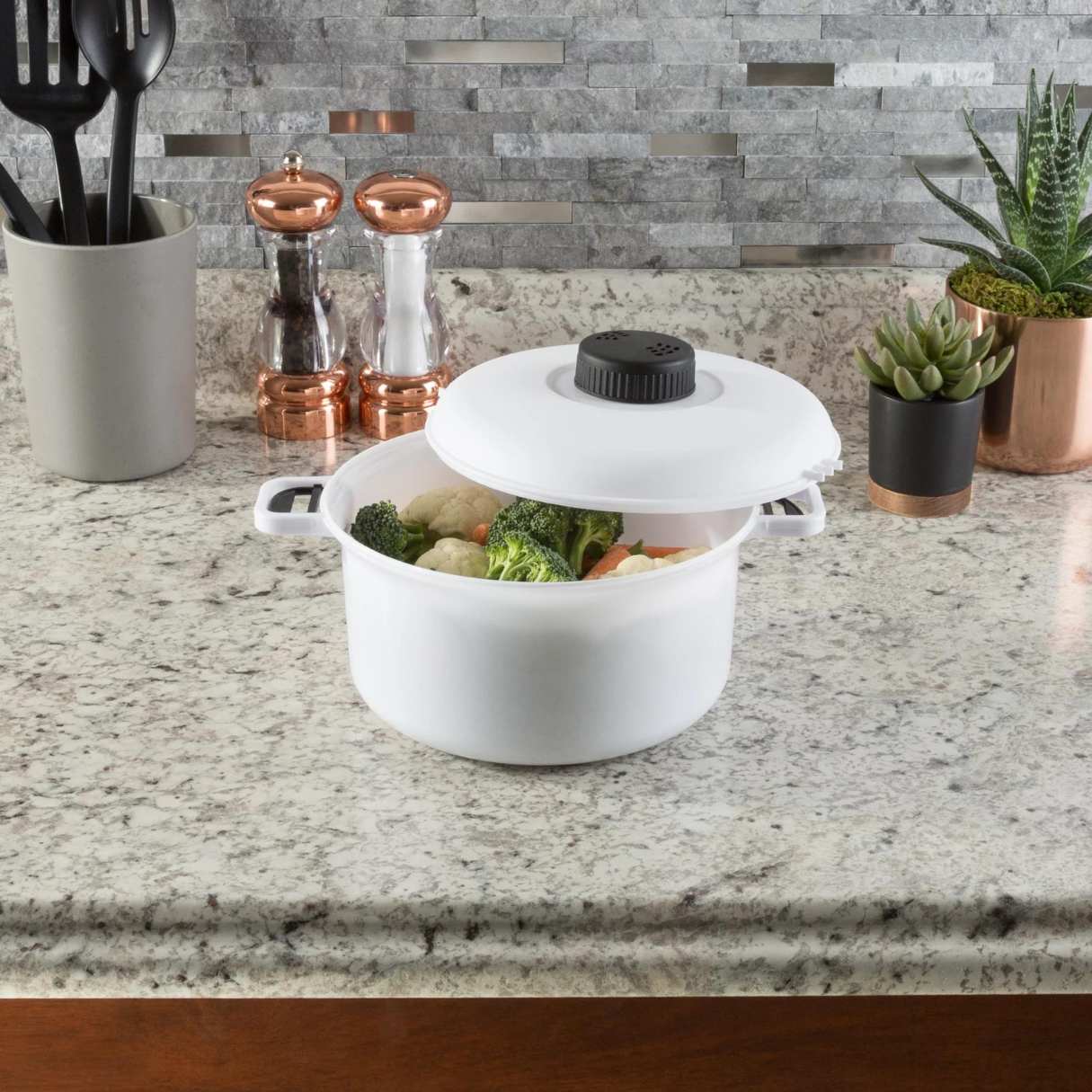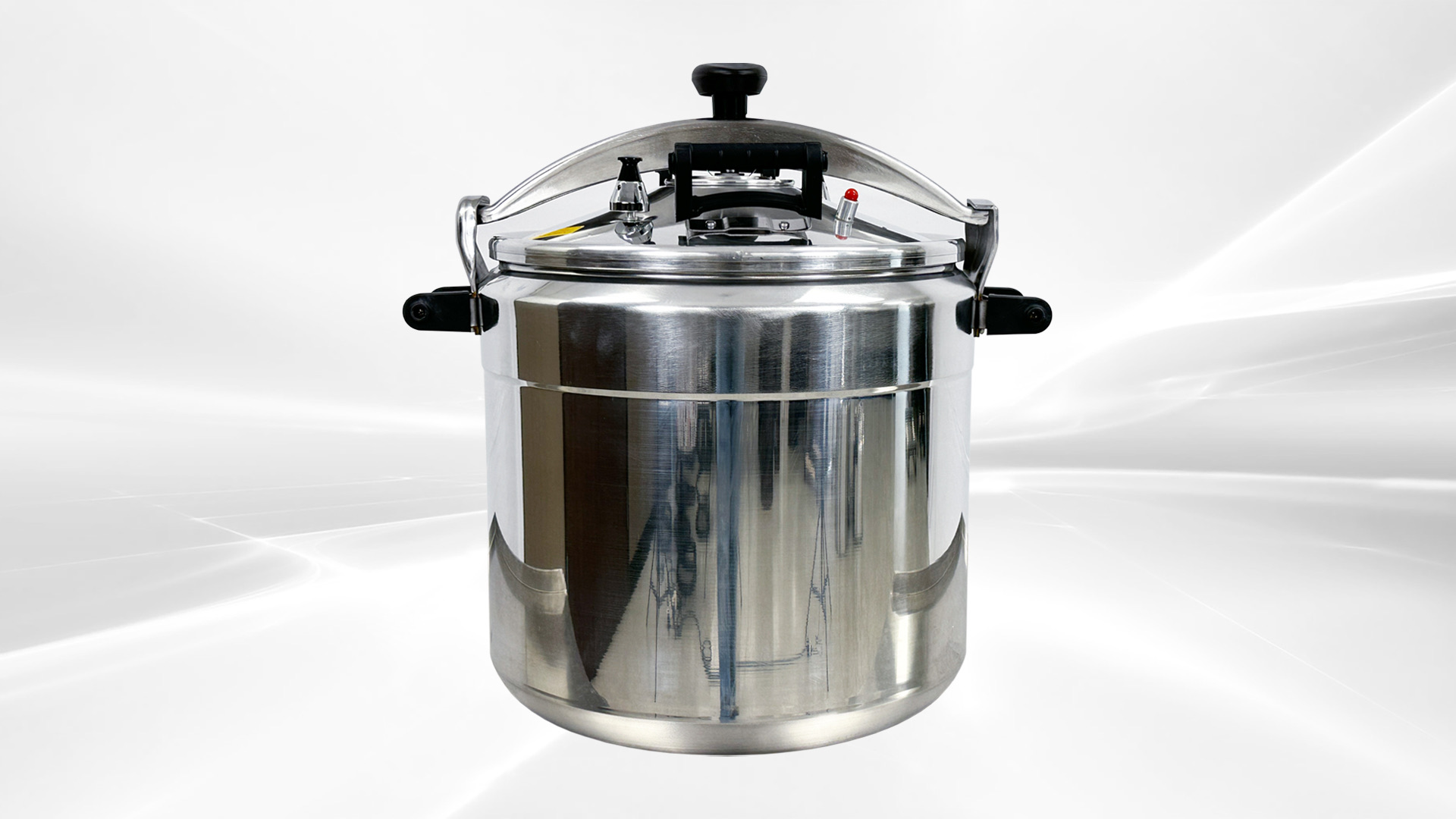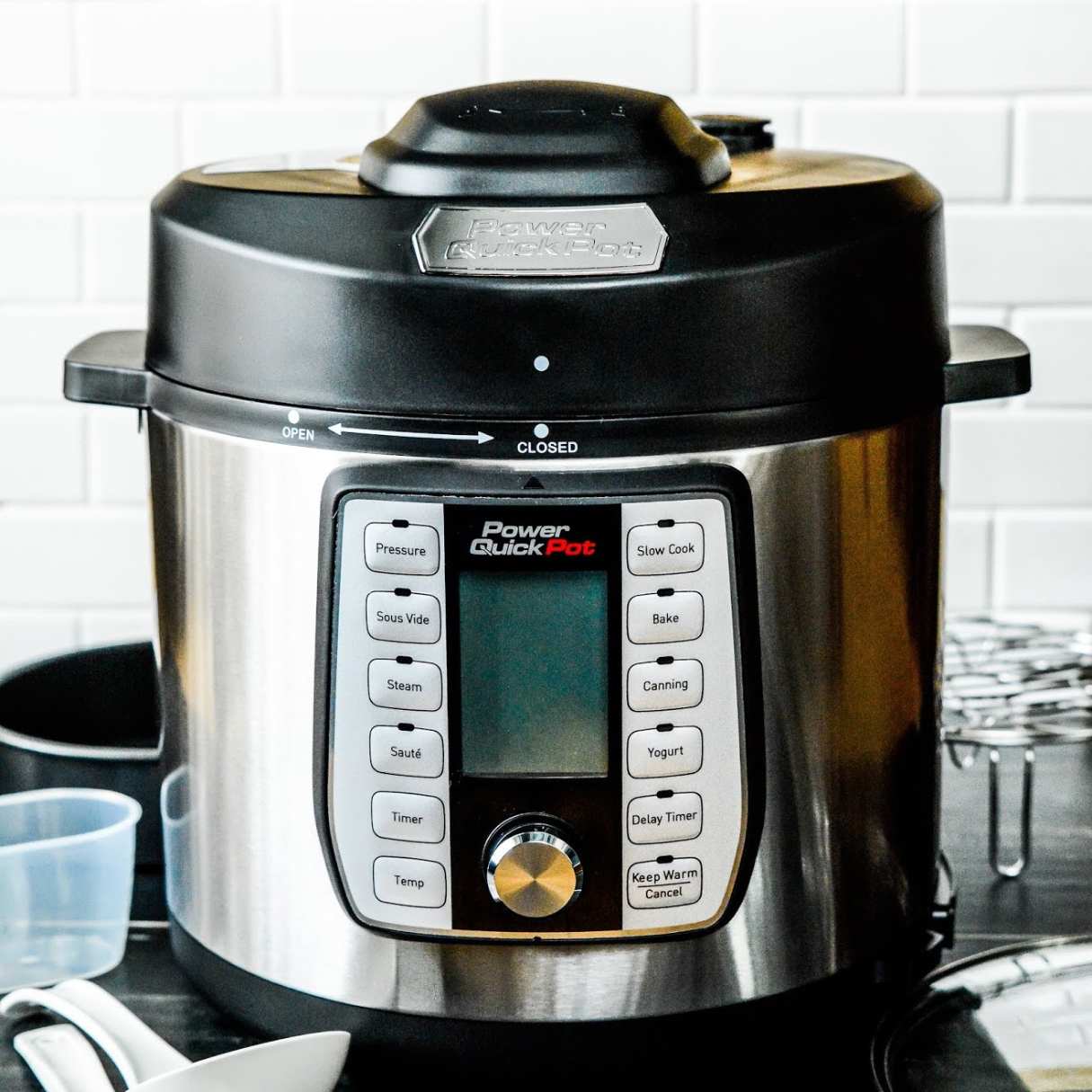Home> Cooking Methods
Mastering Cooking Methods: Elevate Every Meal You Prepare
Uncover the art of cooking methods – from dry heat to moist heat, learn how this transforms your meals! Become an expert at using different cooking methods for reducing clutter and improving workflow in your kitchen.
12 Incredible Instant Pot Duo 6Qt 7-In-1 Pressure Cooker For 2024
By: Noah Bennett • Articles
